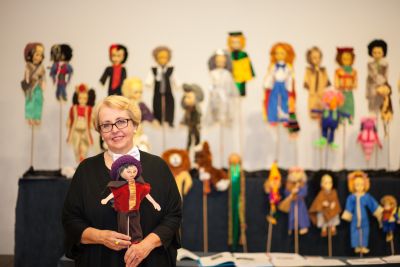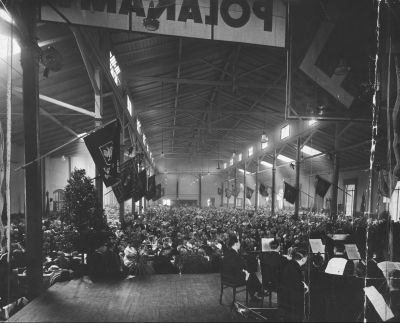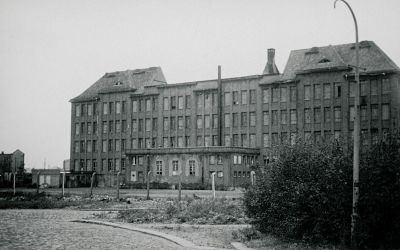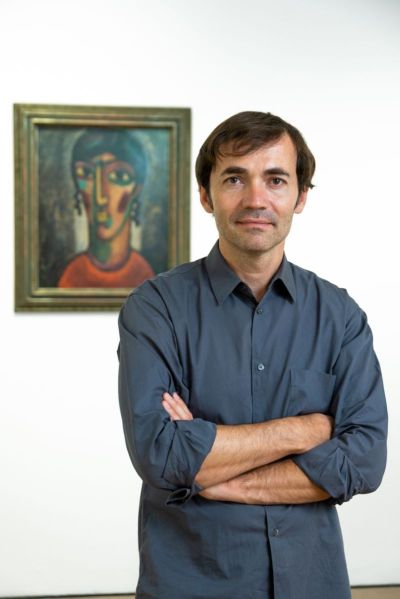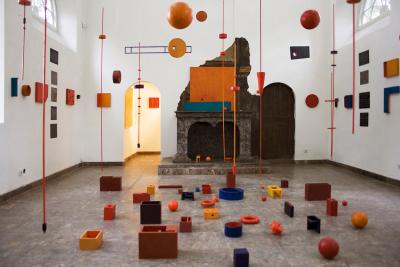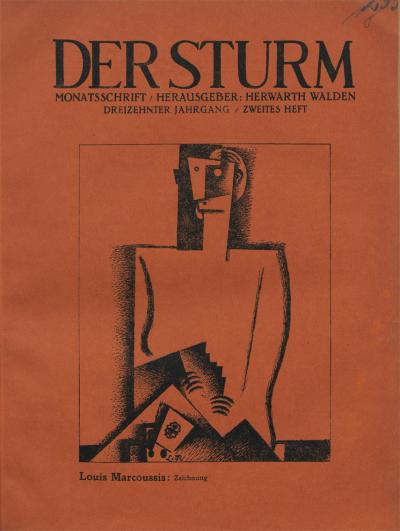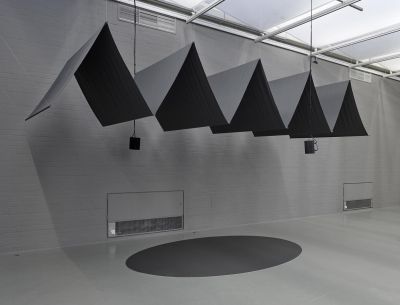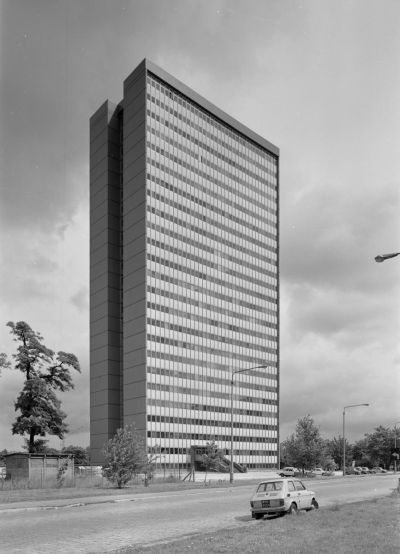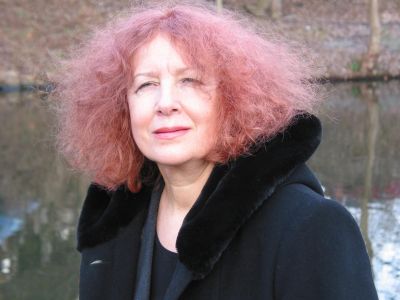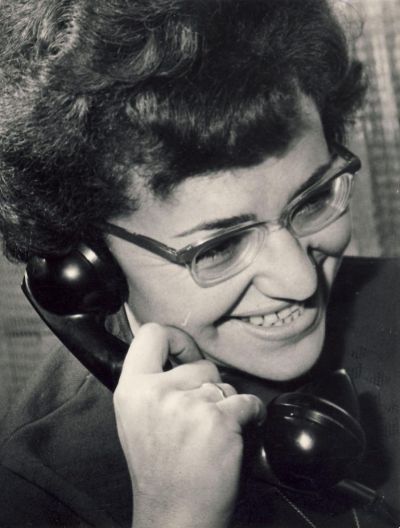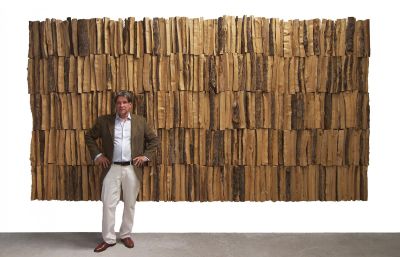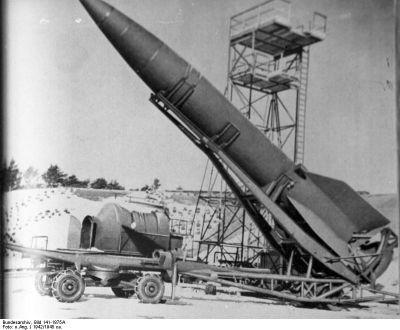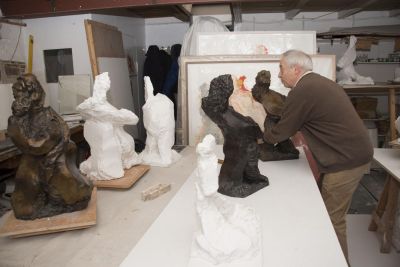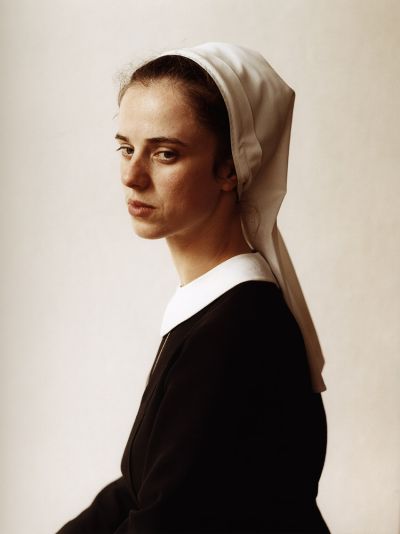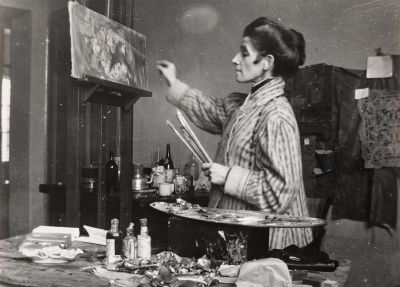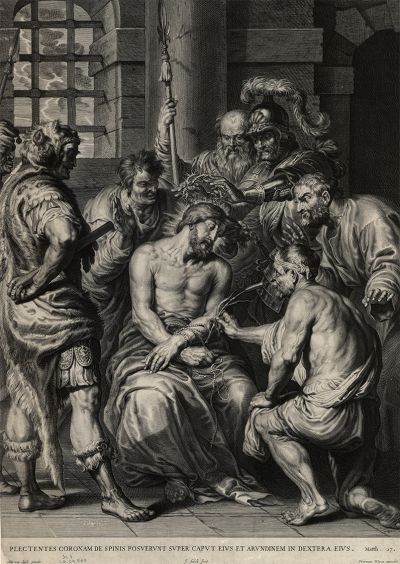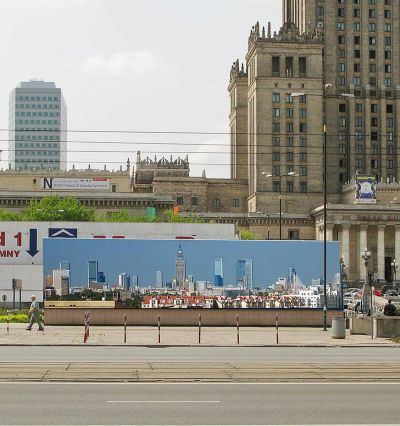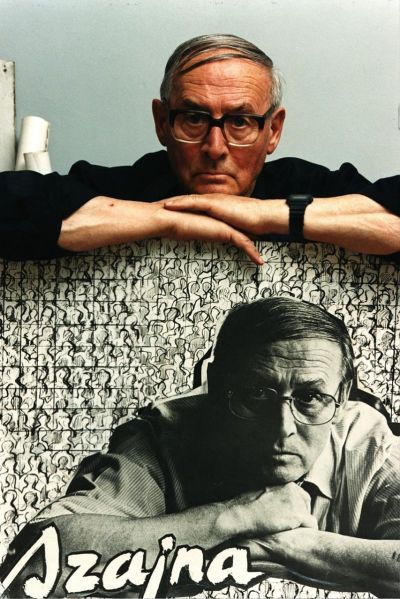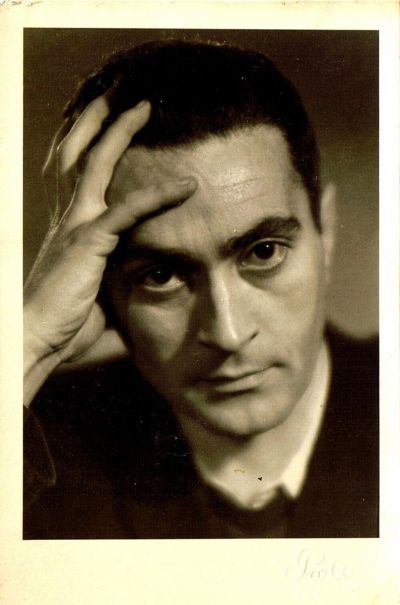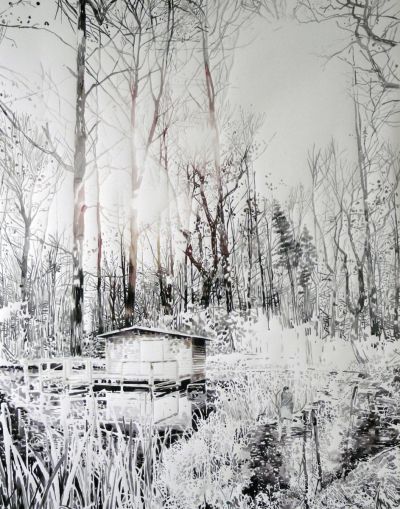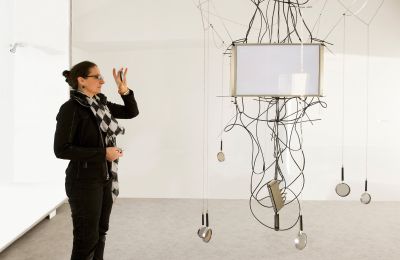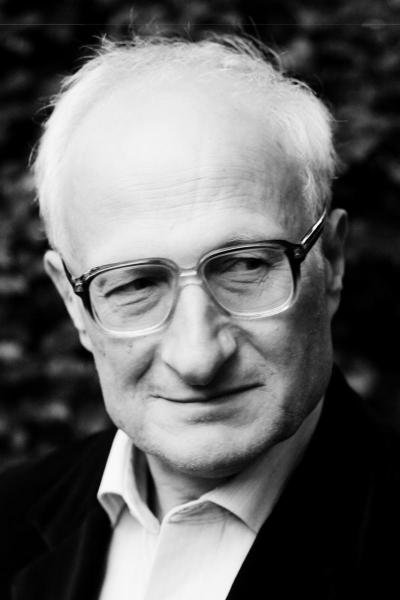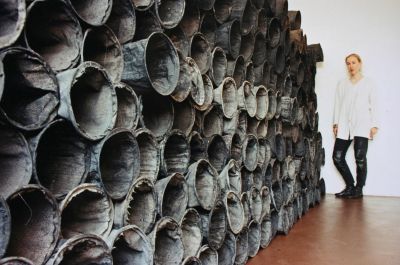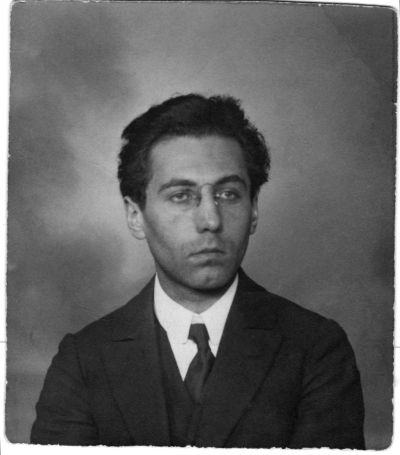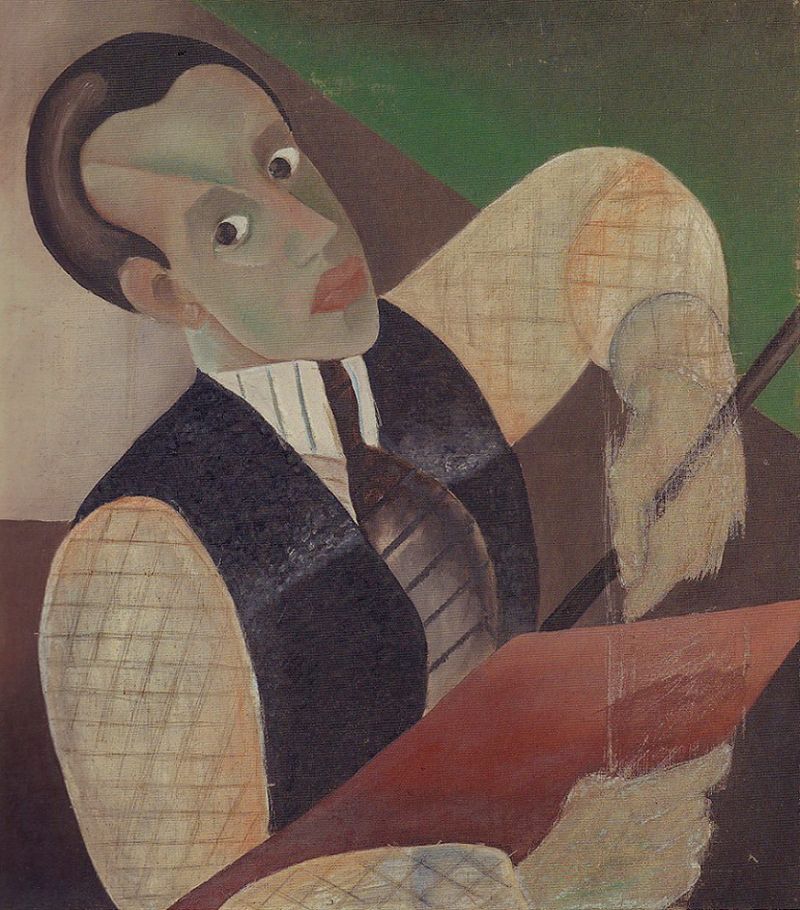Jesekiel David Kirszenbaum (1900–1954). Student of the Bauhaus





























































Kirszenbaum got to know the publisher of the magazine Der Sturm and manager of the Sturm Gallery, Herwarth Walden (1878-1941), probably through Paul Citroen. Citroen had already set up the art book shop for Walden in 1917 next to the gallery at Potsdamer Straße 134a and had gone to the Netherlands in the same year as a representative of the Sturm. In August 1917, Citroen published an expressionist essay about Marc Chagall in the Sturm magazine.[17] At any rate, in April 1927 Kirszenbaum was given an extensive exhibition in the Sturm gallery, in which he was able to show 71 charcoal, chalk, ink and watercolour drawings along with nine oil paintings and for which one of the customary small catalogues was produced, which included three images of his works (see PDF 1). Critics recognised a significant influence by Marc Chagall on Kirszenbaum’s works. Ernst Collin (1886-1942 murdered in Auschwitz), one of the editors of the left-wing liberal Berliner Volks‑Zeitung, which had close links to the DDP and appear under the Mosse Publishing House/Mosse Verlag, wrote in the feature column of the twice-daily paper on 30 April that the motifs of the drawings and watercolours revealed three things: “Firstly, that he is a Russian, secondly, a Jew and thirdly a disciple of his country man and fellow believer Marc Chagall. The soul of the Russian ghetto is in his prints. He does not get tired of telling tales of old bearded Jews who love the Talmud. In the nervous strokes of his drawings, in the colourful overtones in his watercolours, you can also see – in spite of all his attachment to Chagall – the independence of a considered stylistic expression.”[18]
Even if Kirszenbaum’s later works (Fig. 49) do show considerable influence by Chagall, the few works by the artist handed down from the period before the Second World War are not enough to confirm this. It certainly appears that because of their shared Hasidic heritage, Kirszenbaum felt a connection with Chagal, who Walden got to know in Paris in 1913 and who only lived in Berlin for a short time in 1922/23. Chagall portrayed rabbis, real people and scenes from the everyday life of the Eastern European Jews, as well as many other themes. In May 1917, four drawings by Chagall appeared in the Sturm magazine, the portrait of a rabbi and a street scene with a violin being astonishingly similar in terms of their subject matter to the later works of Kirszenbaum[19], the painting “Dispute” in the Sturm catalogue (see PDF 1) and the fiddler in the Querschnitt magazine (Fig. 14), but differing in style. However, the most famous model for Kirszenbaum’s motif of the rabbi sitting at the table in front of his scriptures has to be Chagall’s watercolour “One says” from 1921, which appeared in the Sturm magazine as a four-colour print [20] and which continued to be sold as an art print by Der Sturm publishing house right into the 1930s and advertised in the Sturm magazine.[21] The motif corresponded, with just a few differences, to the first version of Chagall’s painting “The Rabbi (The pinch of snuff)” created in 1912, the second version of which, produced in 1926, was bought by the Mannheim Museum of Modern and Contemporary Art/Kunsthalle Mannheim, then later confiscated by the Nazis, exhibited from 1937 in the Degenerate Art exhibition and finally purchased at auction in Lucerne in 1939 by the Basel Museum of Art/Kunstmuseum Basel.[22]
With a few exceptions, the titles of the works exhibited by Kirszenbaum in the Sturm gallery in 1927 indicate real people, everyday or religious themes that were known to the artist from Jewish life in Staszów, a small town with around nine thousand inhabitants at the time, more than half of the population being Jewish. It is possible that with this exhibition Herwarth Walden hoped to ride on the earlier successes he had enjoyed with Chagall, whose works he had shown in the Sturm gallery in June 1914[23]. During these years, Walden also followed the social developments in the Soviet Union with great interest, and had called on people to vote for the list of the KPD (Communist Party of Germany). He regularly published adverts for the Association of Friends of the New Russia/Gesellschaft der Freunde des Neuen Russland in the Sturm magazine and travelled to Moscow in 1927 on the occasion of the tenth anniversary of the October Revolution.[24] After returning from his travels, during which he also visited the Podolian town of Proskurov/Płoskirów (today Khmelnytsky/Chmelnyzkyj), he reported on the blessings of Bolshevism in the September issue of the Sturm.[25]
[17] Der Sturm, 8th Edition, 5th Issue, Berlin, August 1917, page 68, online resource: https://digi.ub.uni-heidelberg.de/diglit/sturm1917_1918/0074/image
[18] E.C.: Kunstwanderung. […] Kirschenbaum, in: Berliner Volks‑Zeitung, 75th Edition, No. 202, 30 April 1927, page 2, morning edition, online resource http://zefys.staatsbibliothek-berlin.de/index.php?id=dfg-viewer&set%5Bimage%5D=2&set%5Bzoom%5D=default&set%5Bdebug%5D=0&set%5Bdouble%5D=0&set%5Bmets%5D=http%3A%2F%2Fcontent.staatsbibliothek-berlin.de%2Fzefys%2FSNP27971740-19270430-1-0-0-0.xml. The authorship of Ernst Collin (see comment 7) is indisputable because he referred to the earlier critique in the 1931 exhibition catalogue authored by him in the Galerie Fritz Weber in Berlin.
[19] Der Sturm, 8th Edition, 2nd Issue, Berlin, May 1917, pages 21 and 25, more drawings by Chagall on pages 23 and 27, online resource: https://digi.ub.uni-heidelberg.de/diglit/sturm1917_1918/0027/image
[20] Der Sturm, 12th Edition, 12th Issue, No. 1921, 19/02/1926, page 209, online resource https://digi.ub.uni-heidelberg.de/diglit/sturm1921/0261/image
[21] Advertisement for coloured prints by Mark Chagall: Interior / Barber’s Shop / The Holy Coachman / One Says (Jew) / Act / watercolour, Der Sturm, 13th Edition, 5th Issue, Berlin, May 1922, page 81, online resource https://digi.ub.uni-heidelberg.de/diglit/sturm1922/0105/image; 17th Edition, 12th Issue, Berlin, March 1927, back cover, online resource https://digi.ub.uni-heidelberg.de/diglit/sturm1926_1927/0246/image; 20th Edition, 8th Issue, Berlin August/September 1930, 4th cover page.
[22] Christoph Zuschlag: “… one of his strongest images”. The fate of the “Rabbi” by Marc Chagall, in: Uwe Fleckner (Publisher), The ostracised masterwork. The fate of modern art in the “Third Reich” = Schriften der Forschungsstelle Entartete Kunst, 4, Berlin 2009, pages 401-426
[23] Goudz 2012 (see Literature), page 535
[24] Georg Brühl: Herwarth Walden and “Der Sturm”, Leipzig, Cologne 1983, page 71, 77
[25] “ … this is not a country of destruction. The USSR is a country of development. A country of work. And a country longing for the happiness of its people.” Herwarth Walden: USSR 1927, in: Der Sturm, 18th Edition, 6th Issue, Berlin, September 1927, pages 73-75, online resource https://digi.ub.uni-heidelberg.de/diglit/sturm1927_1928/0082/image

